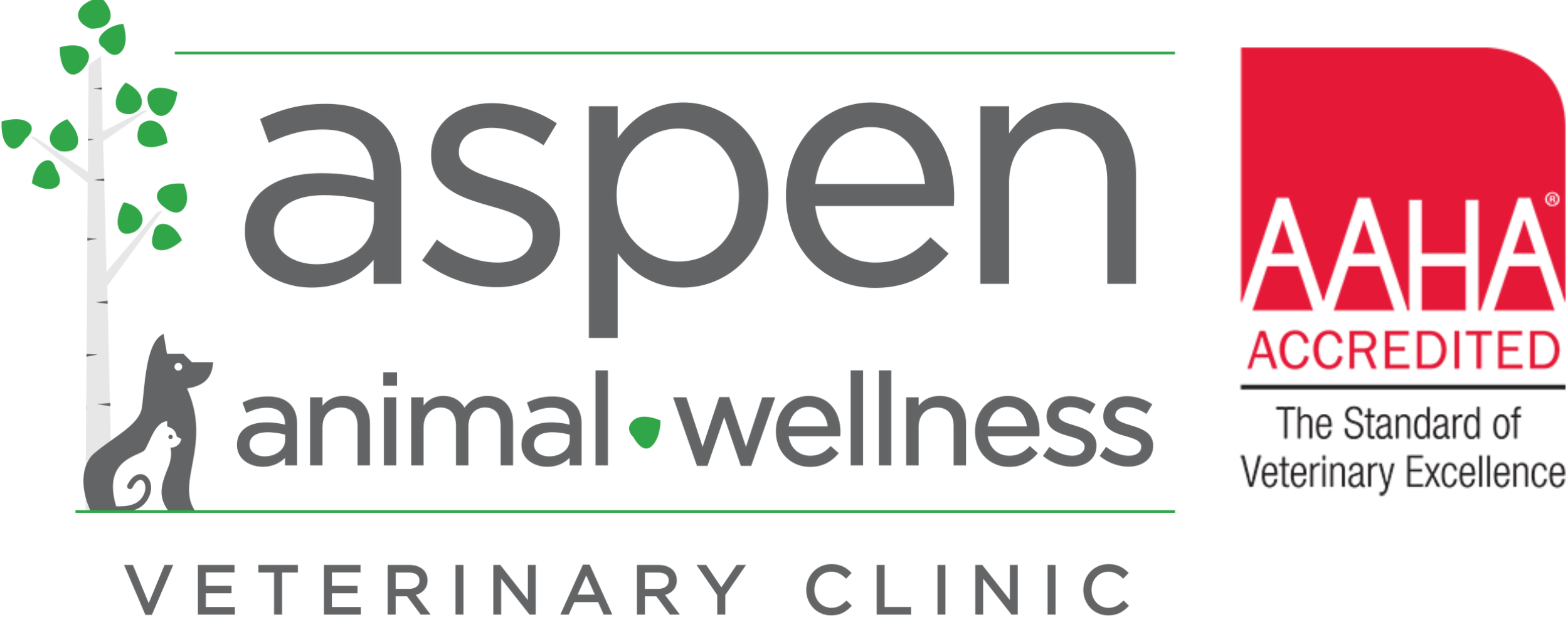
Quality of Life
At Aspen Animal Wellness we understand that the hardest decision you will have to face as a pet owner is “Is my pet experiencing a good quality of life?” There are many factors to consider in making this decision and it is our responsibility to help you through them.
The term “quality of life” is very subjective. It is highly dependent on the disease process your dog or cat is experiencing, your pet’s personality and your personal beliefs.
Each pet reacts to changes in their body differently. This is highly dependent on the disease process at hand which is why in-depth discussions with your pet’s regular veterinarian are so important. It is an understanding of your pet’s disease process that will help you properly evaluate their quality of life.
Below is a list of some of the most common factors that are taken into consideration when determining and evaluating the quality of life of your pet and what roles they play in the difficult decision for euthanasia.
Pain
Common signs of pain in cats and dogs: Pacing, excessive panting, hiding in unique areas, not seeking interaction with family, growling, snarling, snapping, immobility, whining, not eating, flinching when touched.
Incontinence
Happiness
What about a natural death?
Appetite
Mobility
Waiting Too Long
Weigh Your Options Carefully
We are here to help make this time a bit easier on everyone. We are aimed at maintaining comfort, quality of life, and the human-animal bond for as long as needed; we are here for you!
We like to use the HHHHHMM scale as an evaluation of your pet’s quality of life. It looks at a number of factors – hurt, hunger, hydration, hygiene, happiness, mobility and more good days than bad – and asks you to give a value to each category.
DOWNLOAD THE QUALITY OF LIFE SCALE HERE
It’s never easy when it comes time to say goodbye to our beloved pets. You will have several options to consider in regards to this final appointment. Some people want to be with their pet every step of this final journey while others cannot bear to see their pet’s journey come to an end. Neither of these decisions is right or wrong. Regardless of your choice the doctors and staff of Aspen Animal Wellness will do everything in their power to make this a peaceful final moment for you and your pet.
Here is a link to a booklet that can help with your planning and decision making.
Our team can guide you through the needed decision making and will provide you with the costs associated with your options. We will complete all necessary paperwork and collect the fee before we proceed to the euthanasia.
You will be asked how you would like your pet’s aftercare handled. You can take your pet home for burial, but this is not an option many people feel comfortable doing. We also offer cremation services. We use a company called West Coast Pet Memorial Services. They are incredibly gentle and respectful and have been in business for many years, we fully trust them with our patients. We utilize their private cremation and communal cremation options. With private cremation you receive your pet’s ashes back in an urn of your choosing. They have 8 options that come with the service; however, they also have additional urns available for additional cost.
With Communal cremation, your pet’s ashes are not returned to you but rather are scattered along the Truckee River. Some people opt to further memorialize their pet by having jewelry or orbs or other products made with their pet’s ashes. West Coast Pet Memorial has many products available for you to choose. Click the link below for more information on these products.
Memorial Products – West Coast Pet Memorial Services
The doctors and staff at Aspen Animal Wellness understand this is a difficult time for you. Below are links to several resources to help you understand and cope with the grieving process.
Pet Compassion Care Line – 24/7 Grief Support. To speak to a counselor today call
1-855-245-8214.
Grief Support Resources:
Coping with the Loss of a Companion Animal – Gateway-Grief-Support-Resource-Book-June-2019.pdf (gatemultisite.wpenginepowered.com)
Ohio State Coping with Pet Loss – coping_with_loss_brochure_2020_web.pdf (osu.edu)
Helping Children Cope With Pet Loss – https://vet.osu.edu/vmc/sites/default/files/files/companion/HTB/Helping%20Children%20Cope%20Printable%20%282013%29.pdf
